New Technology Lets Police Link DNA to Appearance and Ancestry – and It’s Coming to Australia
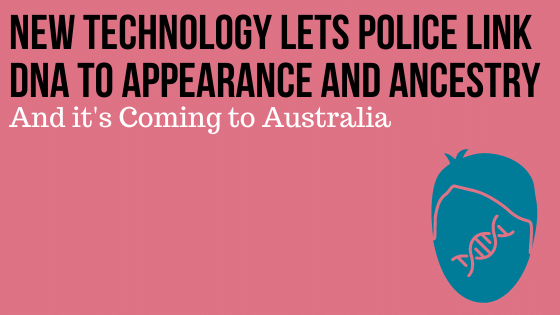
Today’s blog is written by guest bloggers Caitlin Curtis, Research Fellow at The University of Queensland and James Hereward, Research Fellow at The University of Queensland. Reposted from The Conversation with permission a Creative Commons license. The Australian Federal Police recently announced plans to use DNA samples collected at crime scenes to make predictions […]
Recreating Faces of Egyptian Mummies Using Ancient DNA
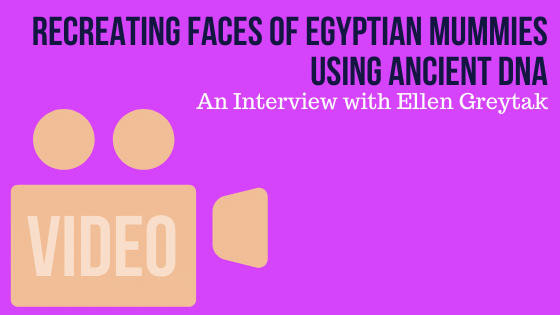
In this interview, Ellen Greytak (Director of Bioinformatics at Parabon Nanolabs) discusses how DNA advances have changed the field of anthropology and what we know about ancient humans. She also describes her poster presented at the 32nd International Symposium on Human Identification in which she shared the predicted faces of three ancient mummies from […]
DNA as an Eyewitness: Phenotyping Applications for Forensic DNA
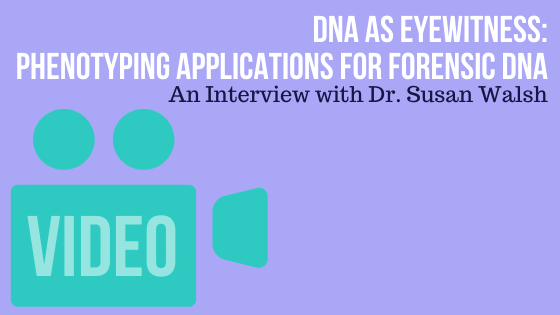
Like many teenage girls in the 1990s, Dr. Susan Walsh, Associate Professor at IUPUI, was fascinated by Agent Dana Scully’s work as a forensic pathologist on the television series, The X-Files. Recognizing that there was much to be gained in the field of forensics from DNA phenotyping, she wanted to research methodologies that would enable […]
Predicting Appearance, Ancestry, and Age from DNA
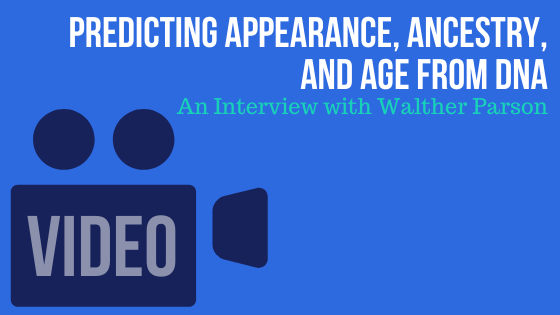
Unknown perpetrators of crime cannot be identified with the current forensic use of DNA. The European Horizon 2020 Project VISAGE (Visual Attributes Through Genomics) aims to overcome this limitation by developing, validating, and implementing a set of molecular genetic tools for predicting appearance, age, and ancestry from unknown trace donors directly from their traces left […]
DNA as an Eyewitness: How Phenotyping is Being Used to Predict a Suspect’s Appearance
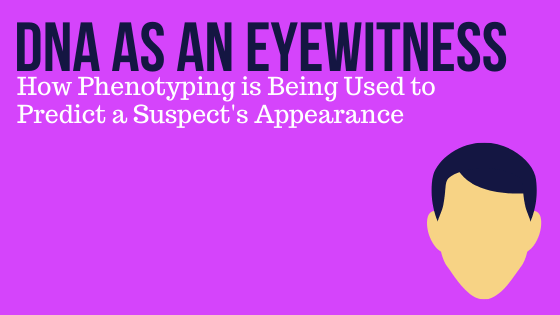
Like many teenage girls in the 1990s, Dr. Susan Walsh was fascinated by Agent Dana Scully’s work as a forensic pathologist on the television series, The X-Files. Already interested in understanding how humans work and function, watching Agent Scully use science to try to solve highly irregular cases helped to inspire Susan to pursue a […]
We Scanned the DNA of 8,000 People to See how Facial Features are Controlled by Genes
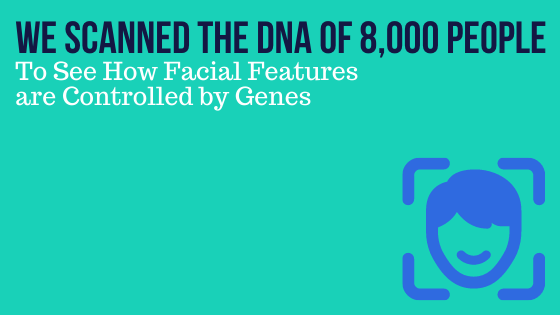
Today’s blog is written by Seth M. Weinberg (Associate Professor in the Departments of Oral Biology, Human Genetics, and Anthropology. Co-Director of the Center for Craniofacial and Dental Genetics, University of Pittsburgh) and John R. Shaffer (Assistant Professor of Human Genetics, University of Pittsburgh). Reposted from The Conversation with permission. Seth M. Weinberg, University […]
Predicting Facial Morphology Using DNA Phenotyping
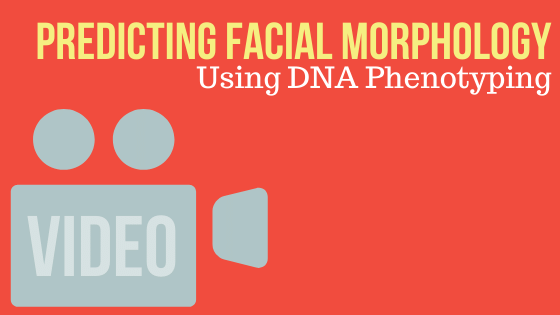
When trying to identify a perpetrator of a crime, phenotyping is another tool that investigators have to generate leads and narrow down suspects. Susan Walsh, Assistant Professor at IUPUI, describes what traits can currently be predicted based on DNA evidence and the direction she’s researching next. She also shares advice for others considering a career […]
Under the Microscope – Walther Parson
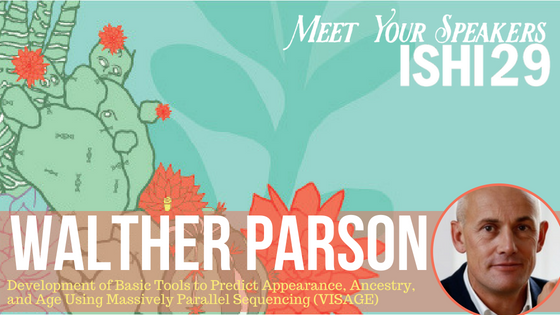
Unknown perpetrators of crime cannot be identified with the current forensic use of DNA. The European Horizon 2020 Project VISAGE (Visual Attributes Through Genomics) aims to overcome this limitation by developing, validating, and implementing a set of molecular genetic tools for predicting appearance, age, and ancestry from unknown trace donors directly from their traces left […]
Under the Microscope – Ellen Greytak
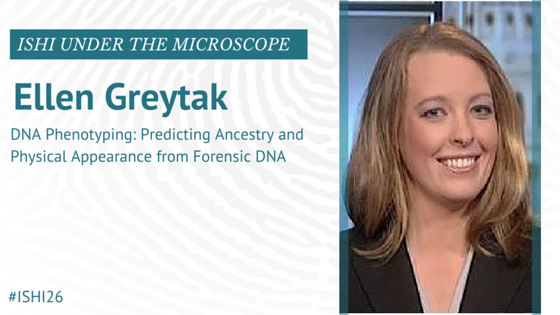
The ISHI 26 agenda is already filling up with some great talks from amazing speakers! While the forensic community is a tight-knit group, we can always get a little closer, right? With that in mind, we asked our speakers some questions to get to know them a little better outside of their work. We’ll be […]

